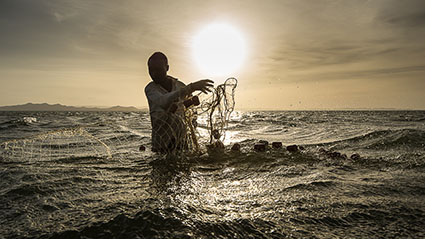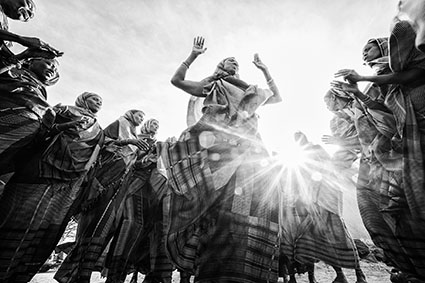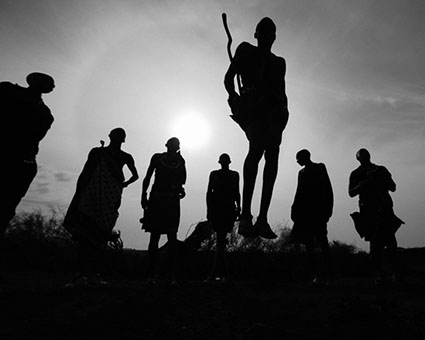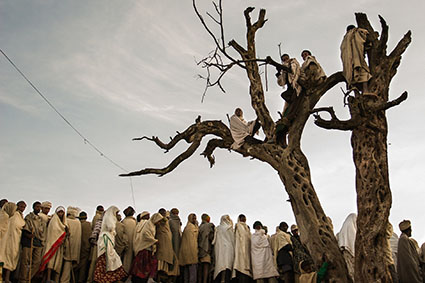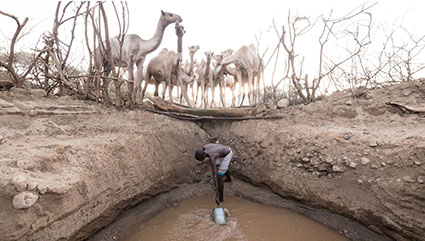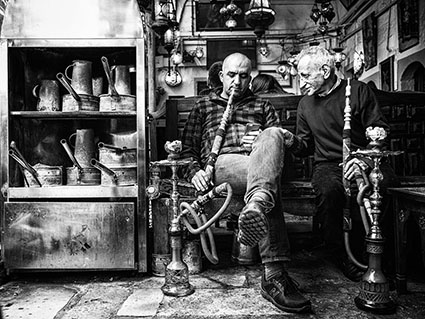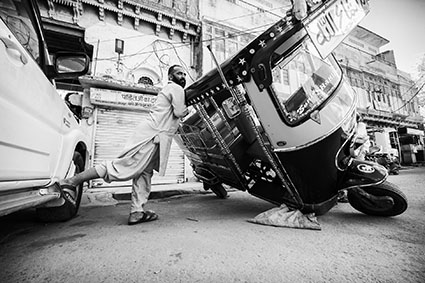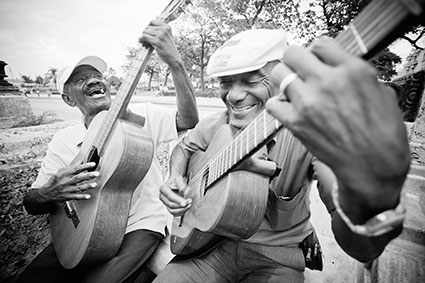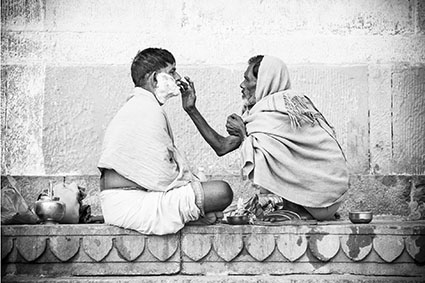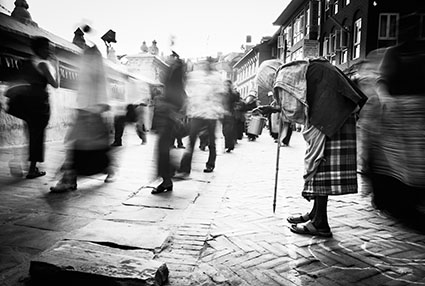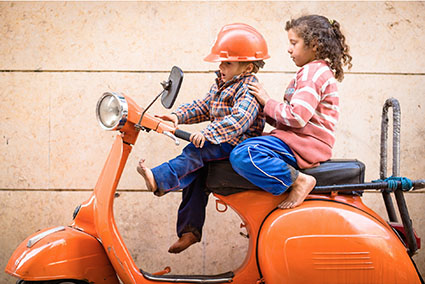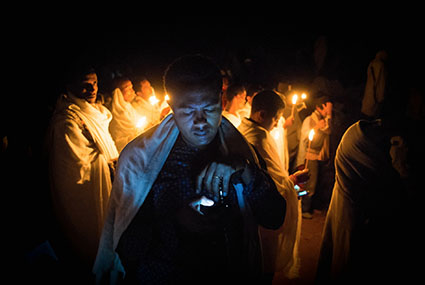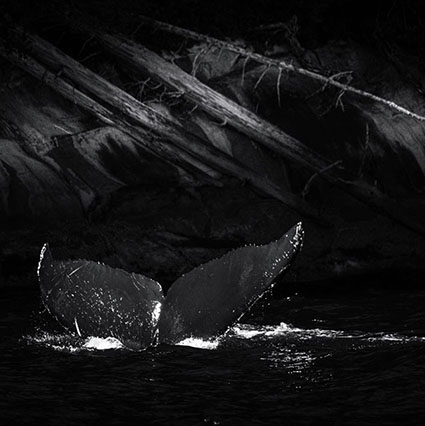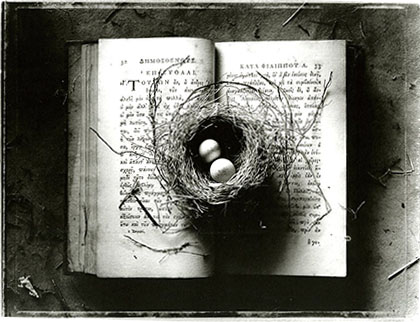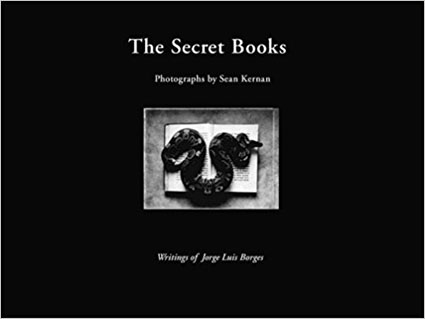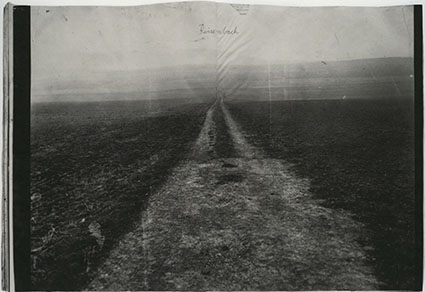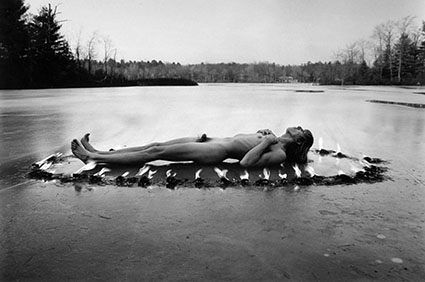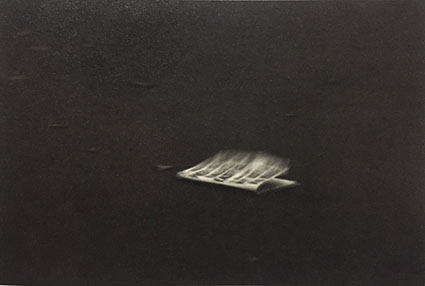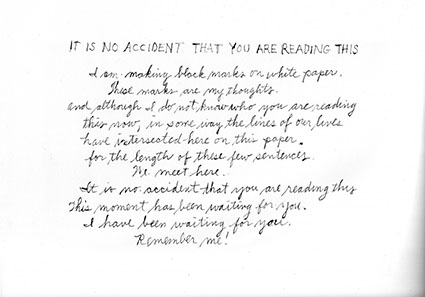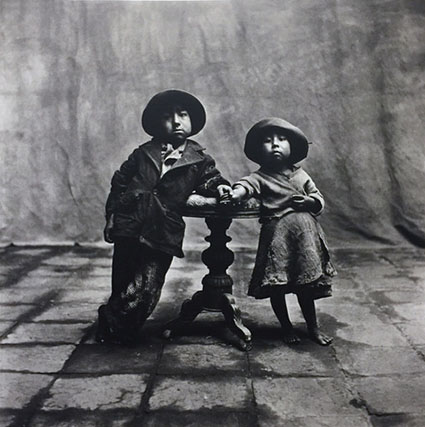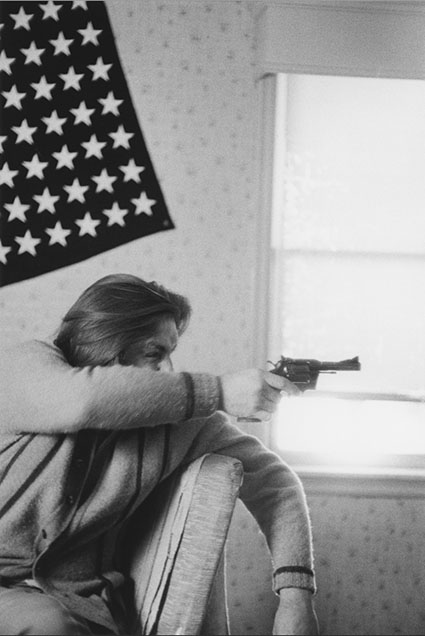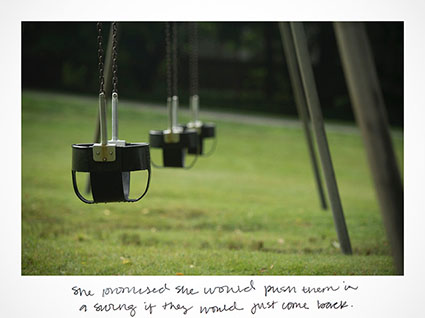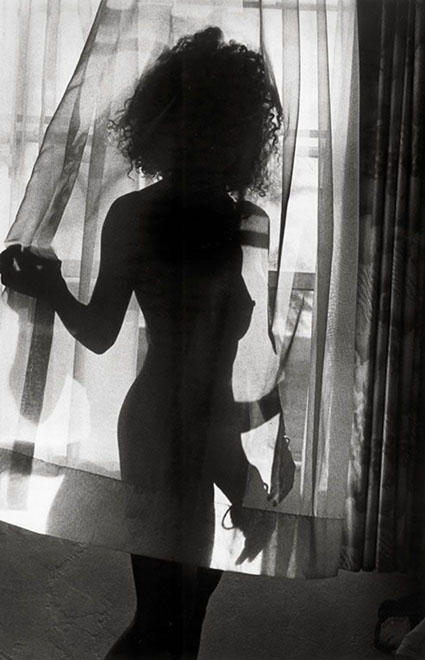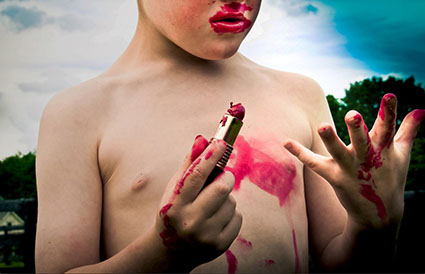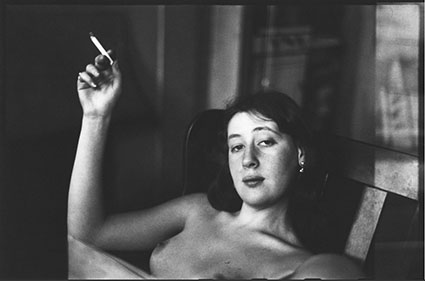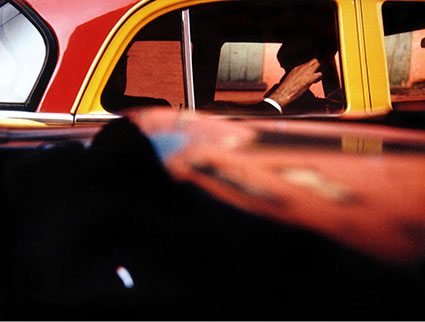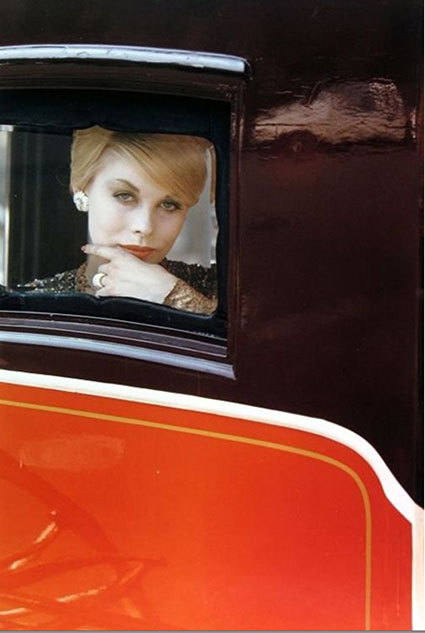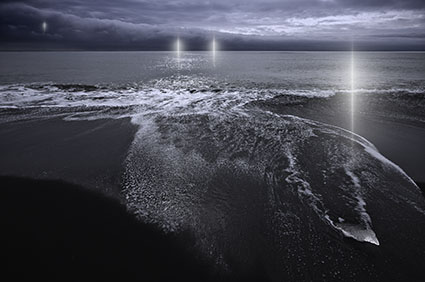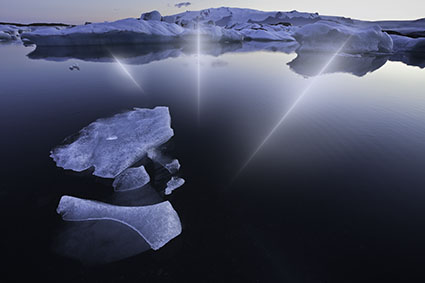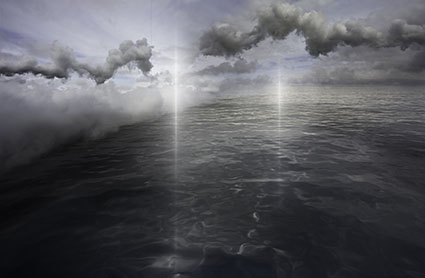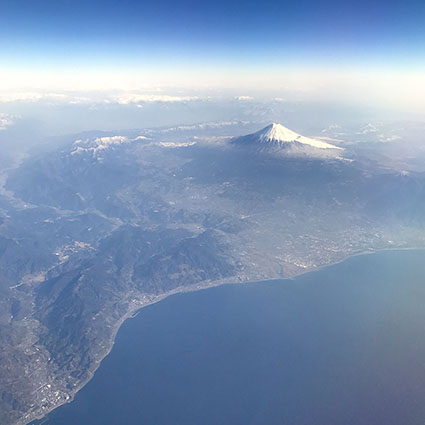7 Great Quotes By Photographer Pete Turner
Enjoy this collection of quotes by photographer Pete Turner.
“If photography has developed a special language it should be welcomed as an extension of our senses and seen for what it is – the first faulting steps of an infant medium towards maturity.” – Pete Turner
“It has been said a thousand times that photography is a universal language. To accept this notion is to ignore the fact that its meanings cannot be translated in anything other than a woolly and imprecise manner.” – Pete Turner
“What have I done wrong?” -he said later.” Nothing, I think. I am steadily surprised that there are so many photographers that reject manipulating reality, as if that was wrong. Change reality! If you don’t find it, invent it!” – Pete Turner
“Looking at photographs, like taking them, can be joyful, sensuous pleasure. Looking at photographs of quality can only increase that pleasure.” – Pete Turner
“Color takes my work into another dimension. It’s the way I see. I’ve always been drawn to the colors of nature, and nature is a wonderful teacher.” – Pete Turner
“Ultimately, simplicity is the goal – in every art, and achieving simplicity is one of the hardest things to do. Yet it’s easily the most essential.” – Pete Turner
“A photographers work is given shape and style by his personal vision. It is not simply technique, but the way he looks at life and the world around him.” – Pete Turner
Find out more about Pete Turner here.
Explore 12 Great Photographs By Great Photographers
Explore The Essential Collection Of Quotes By Photographers.
Explore The Essential Collection Of Documentaries On Photographers.


